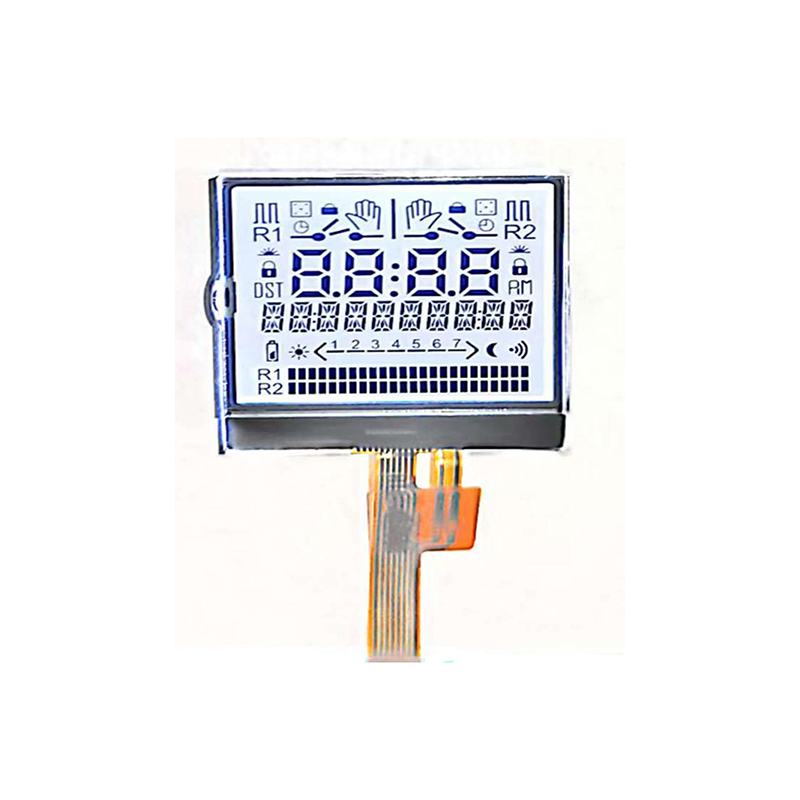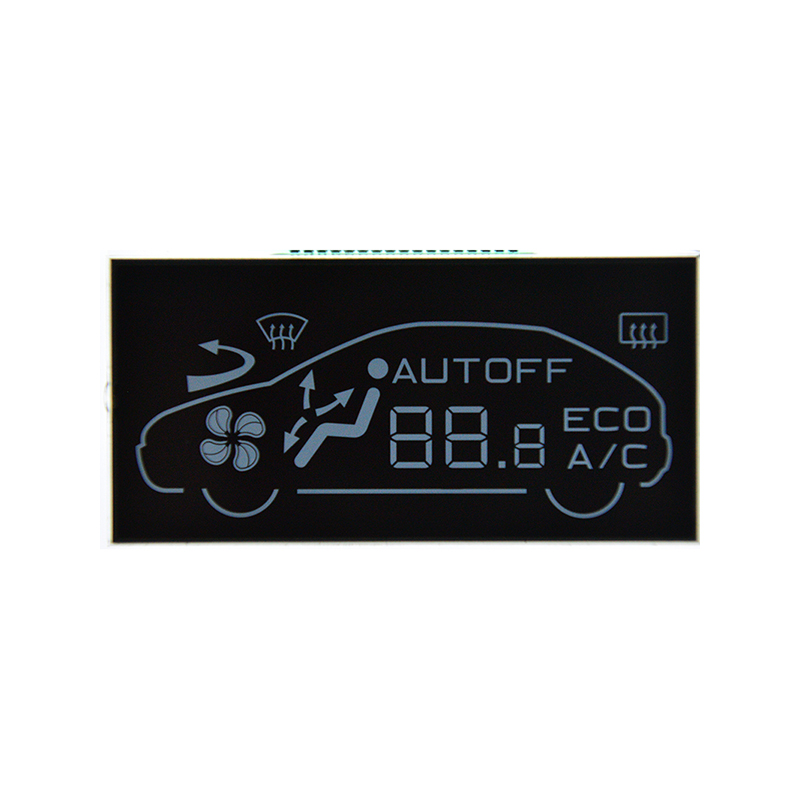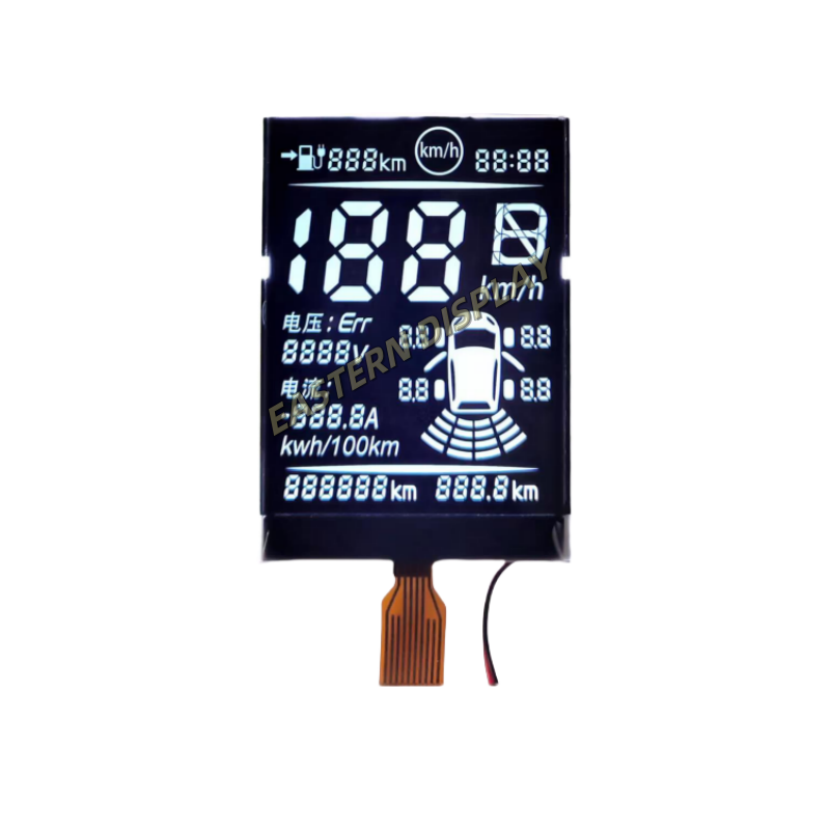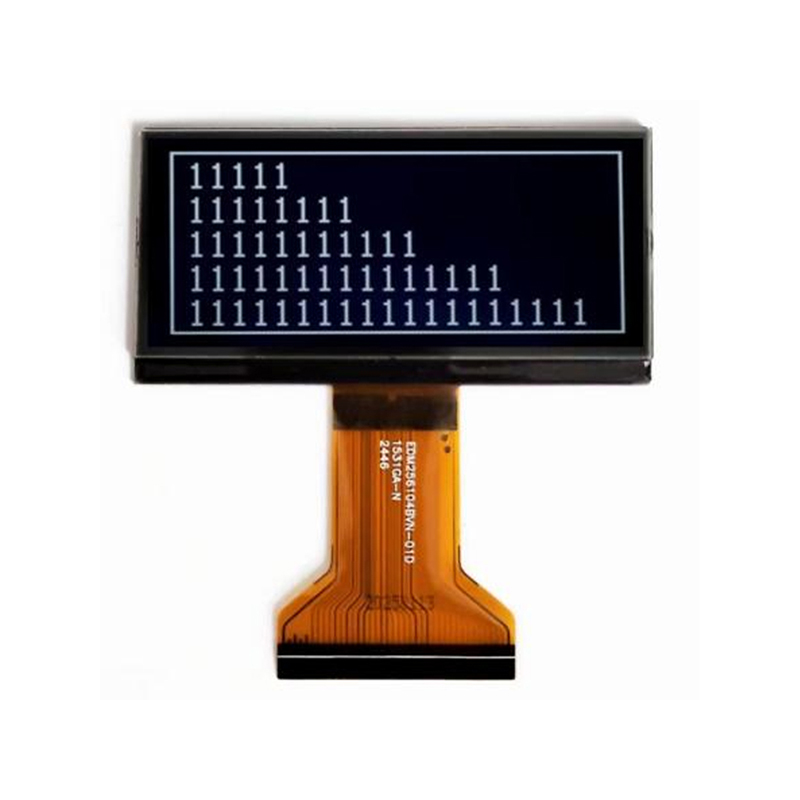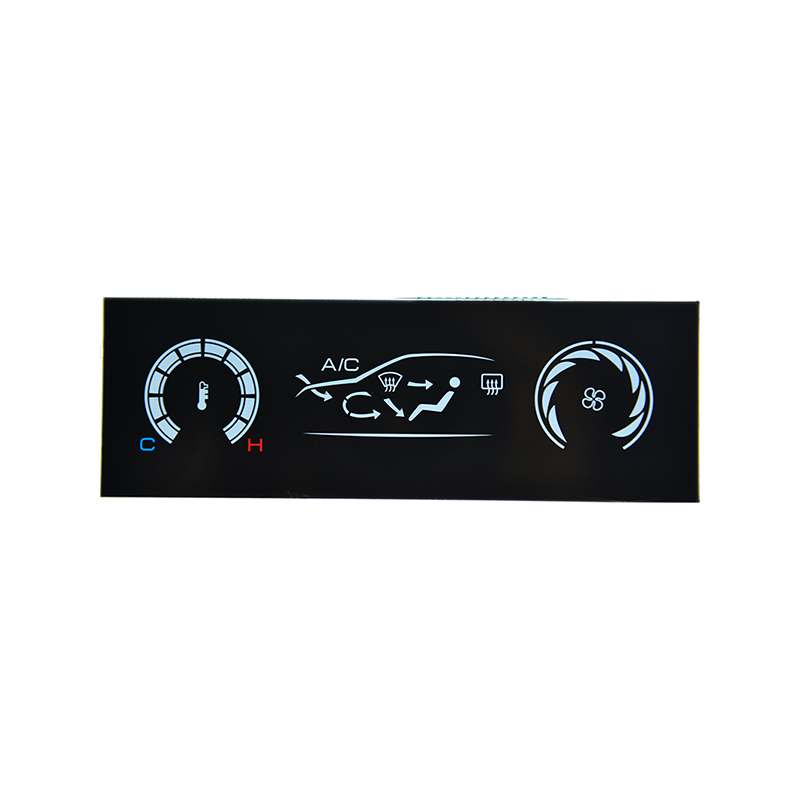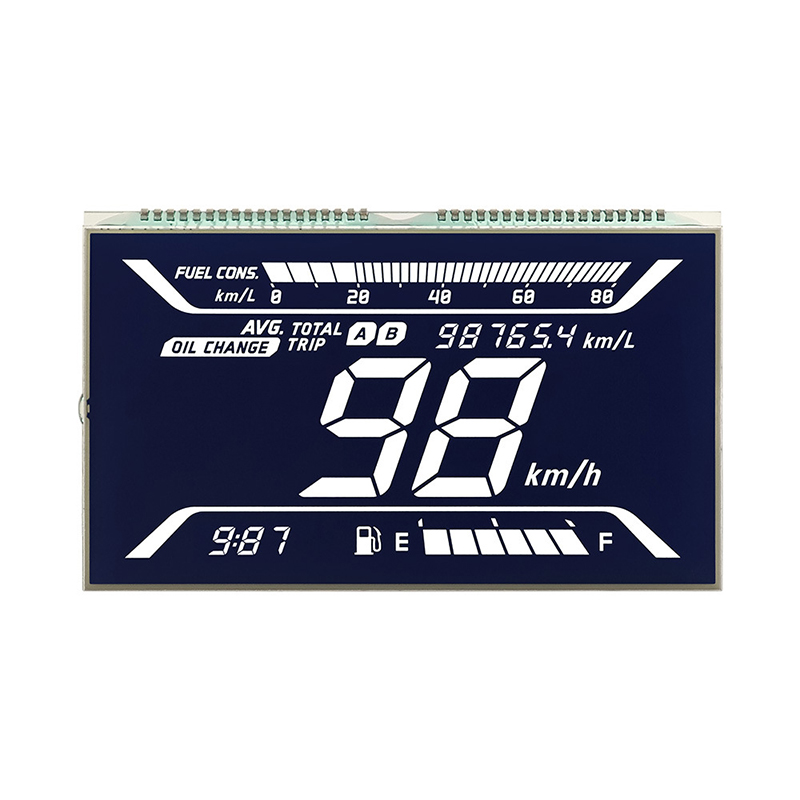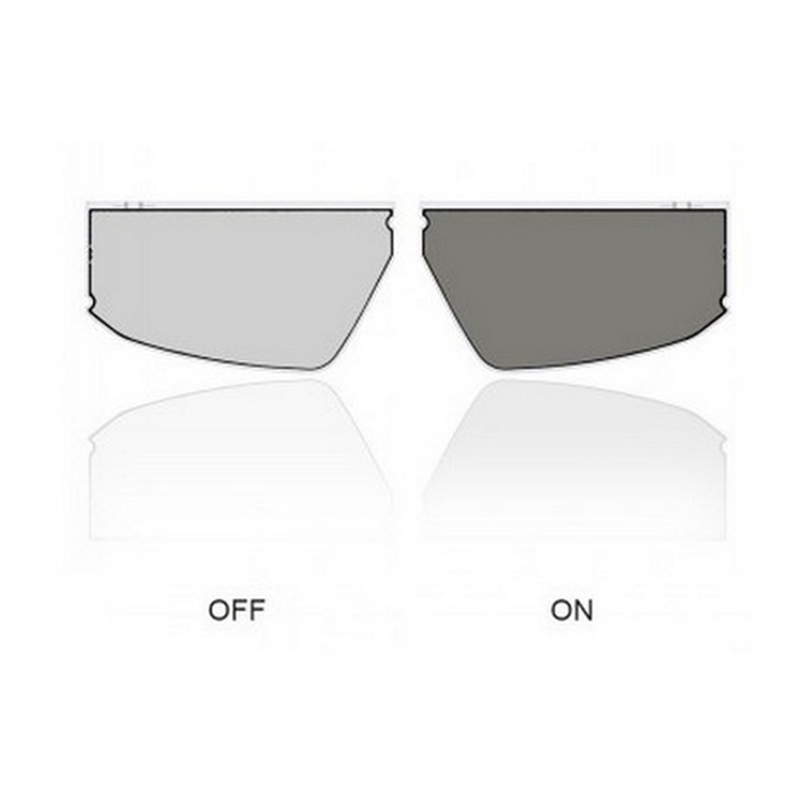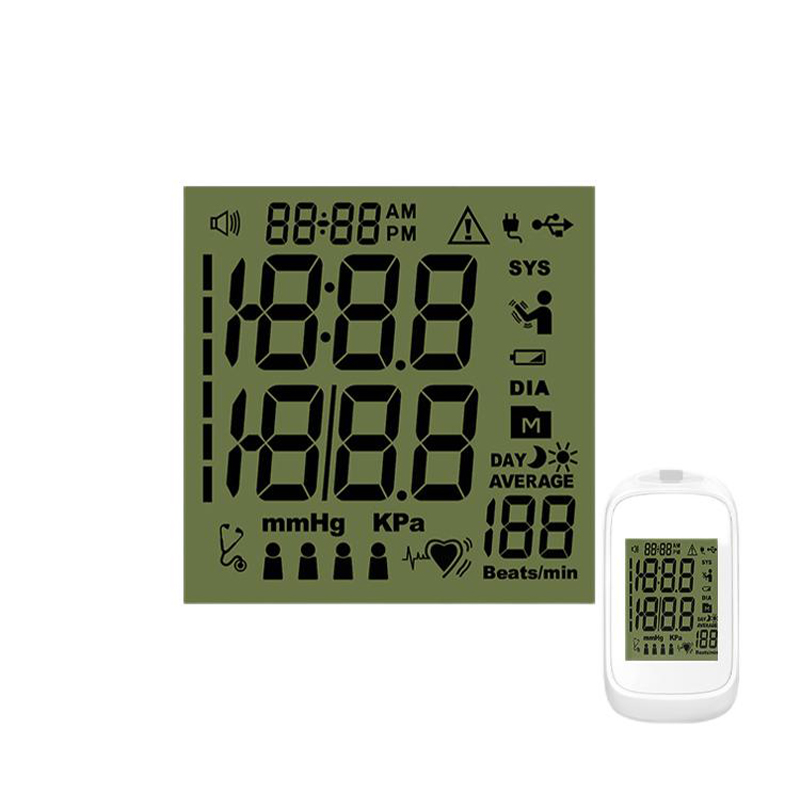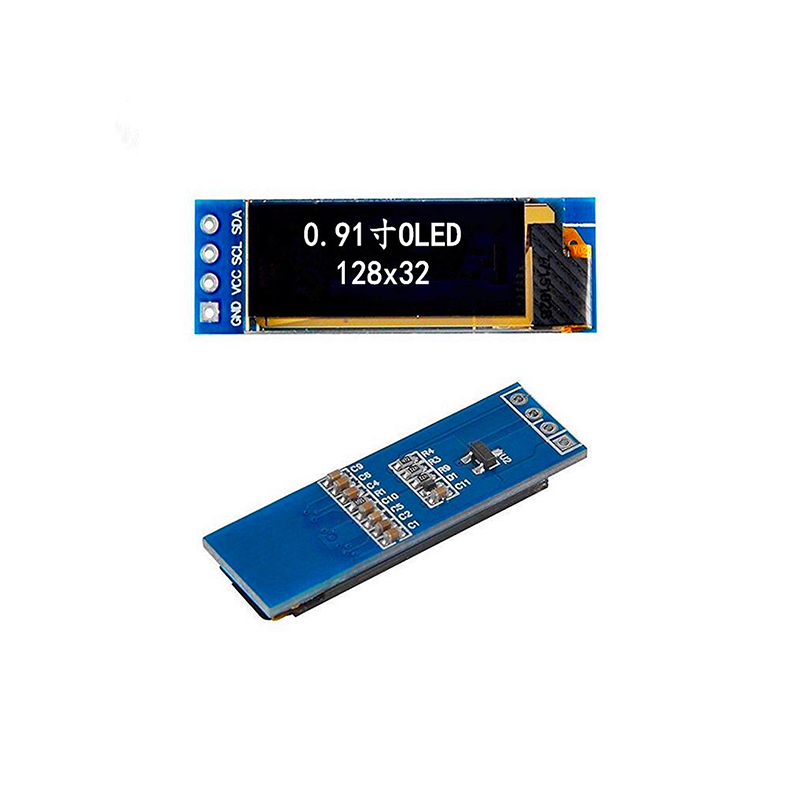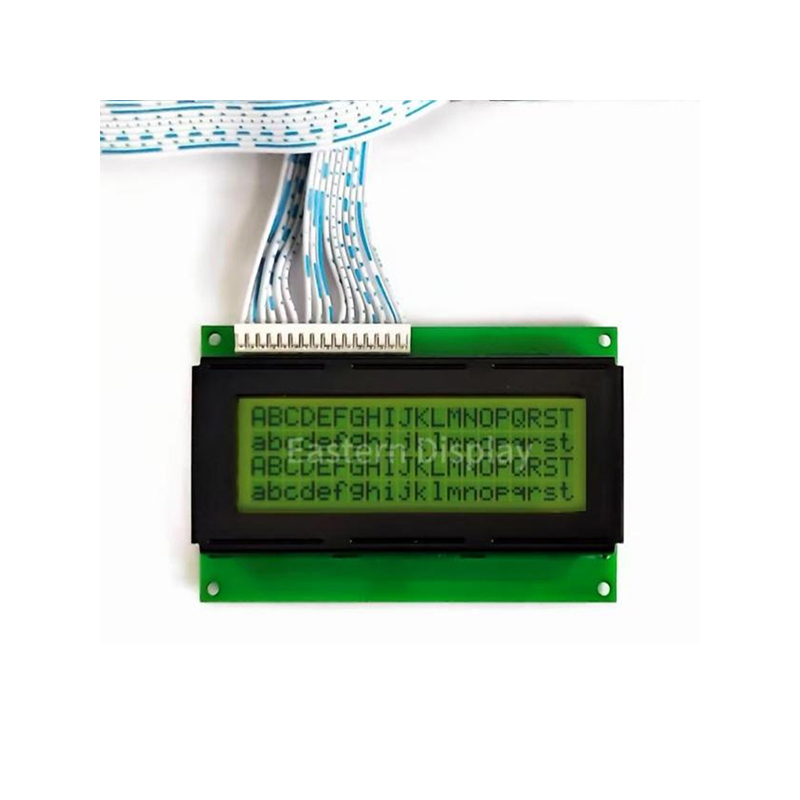
This comprehensive guide explores the world of 2.8 TFT displays, helping you understand their specifications, applications, and how to select the ideal display for your needs. We'll cover key features, common resolutions, and factors to consider when making your purchase decision. Learn about different types of 2.8 TFT displays and where to find reliable suppliers like Dalian Eastern Display Co., Ltd. (https://www.ed-lcd.com/).
The resolution of a 2.8 TFT display significantly impacts image clarity. Common resolutions include 240x320, 320x240, and higher. Higher resolutions mean sharper images, but also increased power consumption. Pixel density (pixels per inch or PPI) determines how fine the details appear. A higher PPI results in a crisper and more detailed image. Consider your application's requirements for image quality when choosing a resolution.
The viewing angle determines how much the image quality degrades when viewed from an angle. Wider viewing angles are beneficial for applications where multiple viewers may see the display from different positions. Brightness (measured in cd/m2) determines the display's visibility in various lighting conditions. Higher brightness is suitable for outdoor or brightly lit environments.
Color depth refers to the number of bits used to represent each color. Higher color depth (e.g., 16-bit or 24-bit) leads to more vibrant and realistic colors. Color gamut represents the range of colors the display can reproduce. A wider gamut means more accurate and lifelike color representation.
Common interfaces for 2.8 TFT displays include SPI, parallel, and LVDS. Choosing the right interface depends on the microcontroller or other device controlling the display. Consider the ease of integration with your existing system.
Selecting the appropriate 2.8 TFT display involves carefully evaluating your specific needs. Consider the following factors:
Different types of 2.8 TFT displays exist, each with its strengths and weaknesses. These include:
| Feature | Display A | Display B |
|---|---|---|
| Resolution | 240x320 | 320x240 |
| Brightness (cd/m2) | 300 | 400 |
| Viewing Angle | 80° | 100° |
| Interface | SPI | Parallel |
Note: Display A and Display B are examples and do not represent specific products. Specifications may vary depending on the manufacturer and model.
By carefully considering these factors and understanding the different types of 2.8 TFT displays available, you can confidently choose the perfect display for your project. Remember to consult datasheets from reputable suppliers like Dalian Eastern Display Co., Ltd. for detailed specifications before making your final decision.

